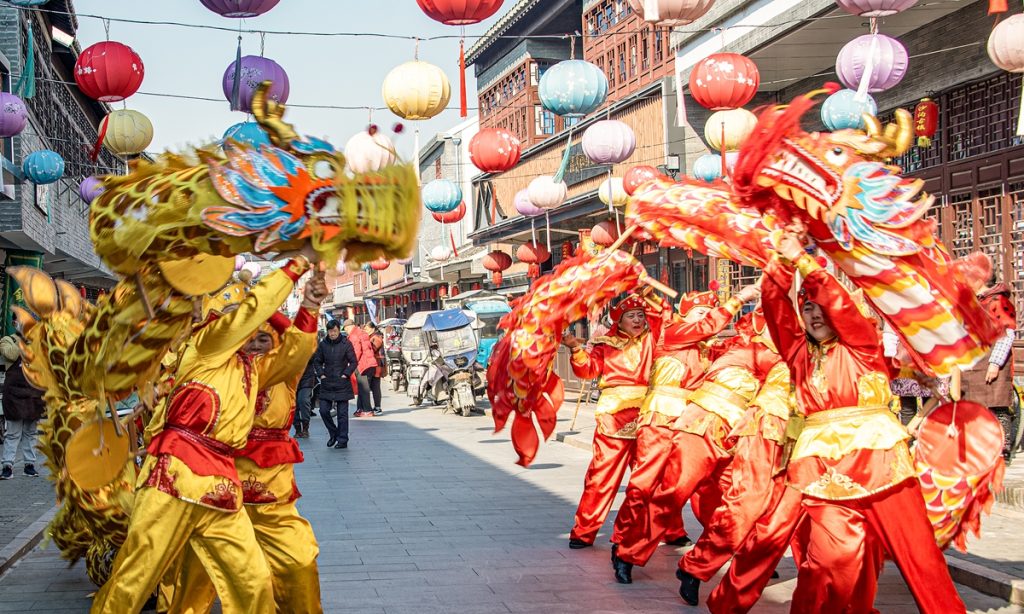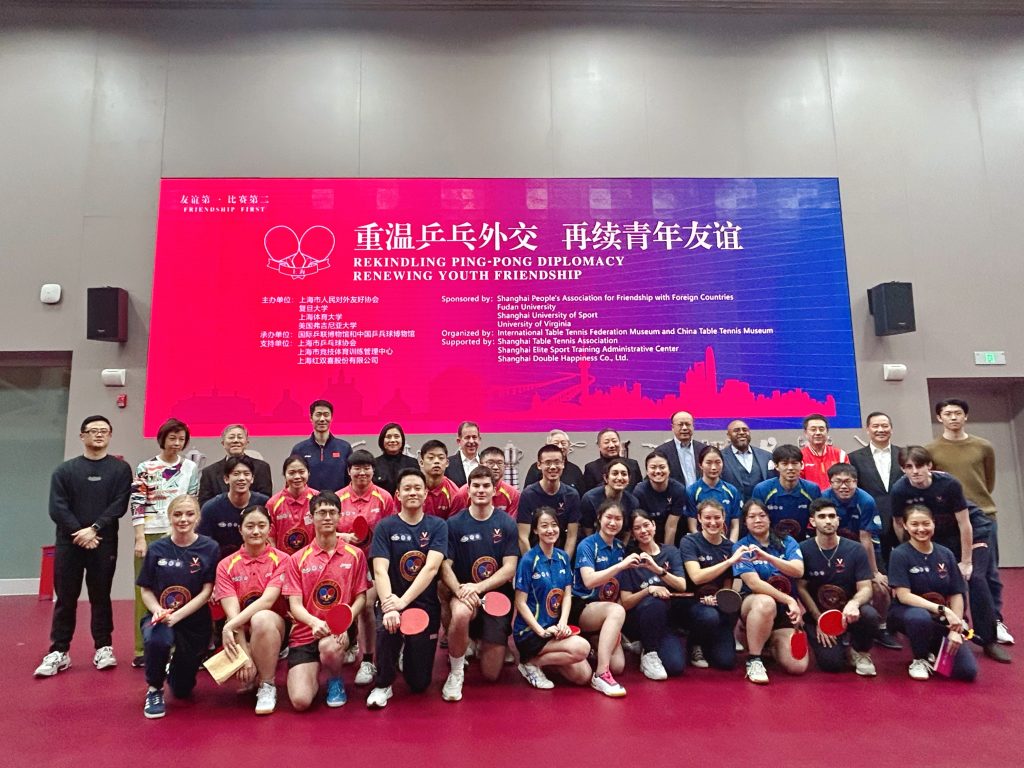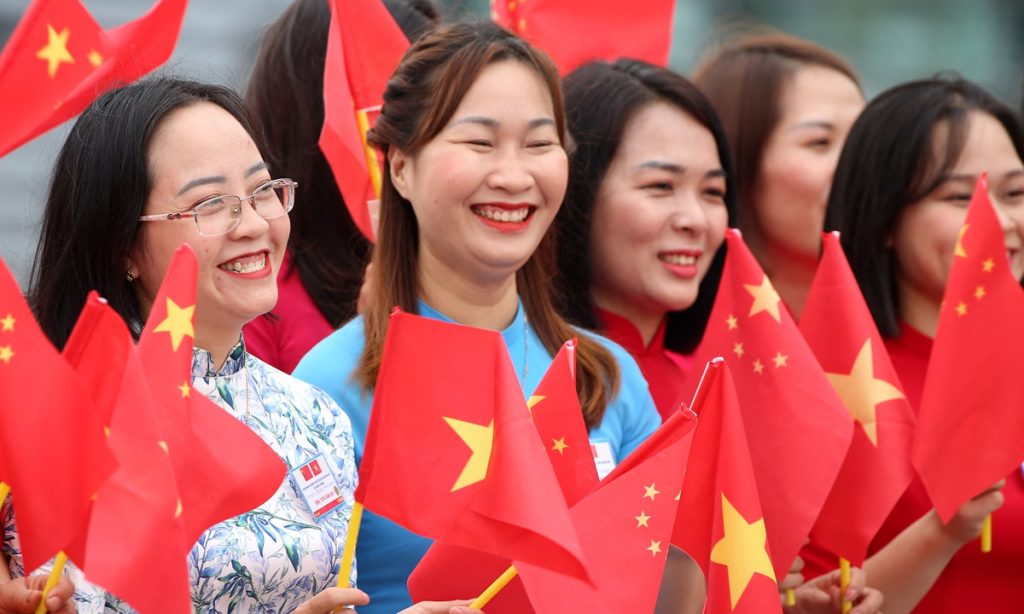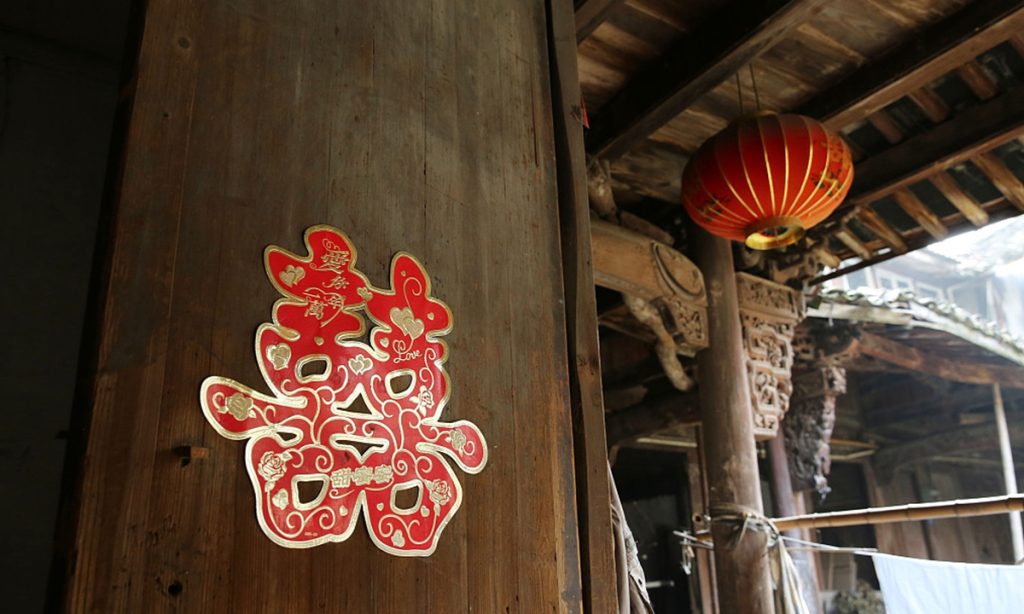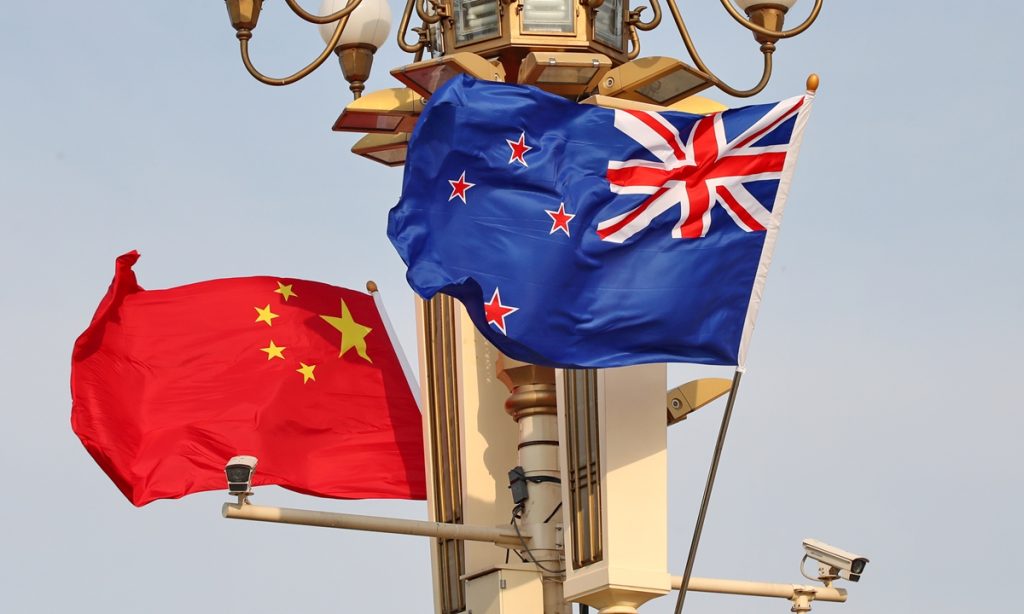Renowned Chinese geographer revitalizes rural villages through science, innovation
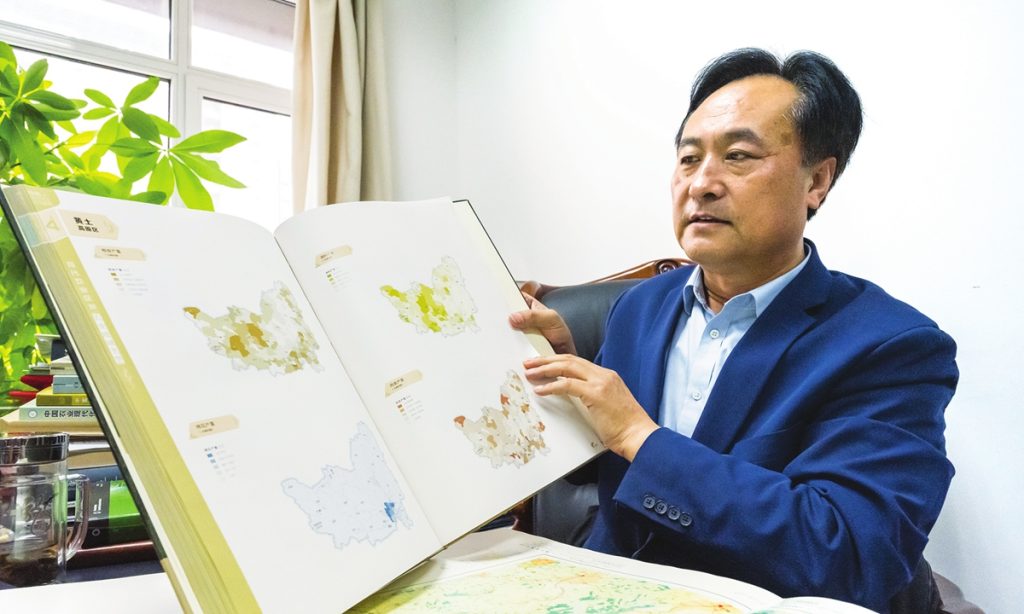
Every year, Professor Liu Yansui embarks on a journey that takes him to the heart of China's countryside. With each step he takes, Liu brings with him a wealth of knowledge, experience, and dedication that have made him a driving force in China's poverty alleviation and rural revitalization efforts.
His method, a blend of meticulous research and concern for the well-being of rural residents, has yielded remarkable results. Through his scientific research and decision-making support, thousands of households have been lifted out of poverty, and rural communities have been revitalized.
Despite spending a large quantity of time in rural areas where he works from dawn to dusk, Liu, a specialist in human geography and land science at Institute of Geographic Sciences and Natural Resources Research of Chinese Academy of Sciences, is also busy with academic work in Beijing as he tries to find solutions for problems through careful planning and scientific methods.
"Poverty alleviation and rural revitalization is not just about providing temporary relief. It's about empowering communities to become self-sufficient and resilient," Liu told the Global Times at his Beijing office.
"As a geographer, one must not only read thousands of books and travel thousands of miles, but also strive for the well-being of thousands of people," he noted.
Base research on land
Chinese President Xi Jinping once noted that "it is necessary to vigorously promote the scientific spirit of pursuing truth and scaling new heights throughout society, widely publicize role models and deeds emerging in the fields of basic research and other science and technology fields, educate and guide science and technology personnel to inherit the glorious traditions of the previous generations of scientists who devoted themselves to the country and cared for the people, and base their research on the land of China."
Bearing this in mind, Liu has been dedicated to promoting the scientific spirit and pursuing truth by conducting extensive research and writing papers based on the rich materials he has found in the vast land of China.
Liu showed notes he has written on his cell phone to the Global Times, which include his thoughts on the country's strategies, geographical science and engineering innovation, and how to empower rural communities to thrive.
Tall and energetic, the geographer has reiterated the importance of the countryside for the country's overall development to the Global Times reporters. Having worked in the field of human geography for more than two decades, he believes that the concept of the human-earth system science, which highlights interactions and dynamics between human activities and the natural environment in the new era, is fundamental in revitalizing rural communities and reshaping the future of China's countryside.
His work in promoting ecological land consolidation technologies and industrialization models, as well as scientific reclaiming desertified lands, revitalizing saline-alkali soil, creating land in gullies on the Loess Plateau, and implementing sustainable agricultural and rural revitalization practices, has earned him national recognition and accolades.
On the international stage, Liu's work also gained wide reputation. He has received numerous awards and accolades including being awarded the social science award by The World Academy of Sciences (TWAS), the distinguished practice award by the International Geographical Union (IGU), and being elected as a TWAS academician. More importantly, he is now sharing his work and practical experience with more developing countries that could apply such knowledge in their development.
In the realm of academic pursuits and scientific endeavors, the passing of knowledge from one generation to the next is a crucial aspect of advancement. This passing of the torch is not merely a formality, but a deeply ingrained tradition that ensures the preservation and evolution of ideas and practices.
Liu's greatest mentor is academician Wu Chuanjun, a distinguished expert in human geography and economic geography in China.
After half a century of exploration and research, Wu first proposed that the human-earth areal system is the core theory of geographical research, a dynamic structure formed by the intertwining of human society and the geographical environment in a specific region.
Liu inherited and further built upon Wu's theory. He has led a team to establish geographical engineering research demonstration bases in typical regions such as Yan'an, Yulin, Hanzhong, Yanchi, Yucheng, and Fuping. Through continuous observation and comprehensive research on human-earth systems in different regions, he has creatively developed human-earth system science and is exploring its practical application to meet the demands of modern sustainable development.
According to Liu, with the increasing impact of human activities on the geographical environment, the importance of the human-earth system is becoming more apparent. Conducting in-depth research concerning human-earth systems and sustainable development is not only an important international scientific frontier topic, but also an important scientific basis for serving national strategic needs such as promoting harmonious coexistence between humans and nature, and rural revitalization.
"Innovation first requires inheritance - inheriting the scientific research of predecessors and continuing the unfinished cause of predecessors. Innovation is not something that comes out of thin air, but a process of continuous progression from nothing to something, from something to better, and from better to unique," Liu said.
He not only absorbed the theories and concepts put forth by his mentor but also the underlying ethos of dedication and perseverance. He learned how to apply theory to practice, and how to innovate while staying true to the principles laid down by his mentor.
"Mr. Wu always emphasized the importance of understanding the intricate systems that govern our world. He taught me that every region, no matter how small, is a system unto itself, and that understanding these systems is key to effective action," he recalled.
Liu's team marks February 25 as the "Day for Serving National Strategy," when they hosted seminars to share their latest research findings.
On February 25, 2021, President Xi hailed the country's achievement of eradicating extreme poverty as a miracle that shall "go down in history." China has lifted 98.99 million poor rural residents under the current poverty line out of poverty, with 832 impoverished counties and 128,000 poor villages removed from the poverty list.
"Geography, as a comprehensive interdisciplinary studying the relationship between humans and the environment, has significant practical applications. In China, many geographers have been actively involved in solving major strategic needs and real-life issues," Liu explained.
In 2016, Liu led a team to undertake the tasks of third-party assessment of national targeted poverty alleviation in China and promoting the standardization of assessment. In the six year after, he and over 10,000 experts traveled to 22 provinces in central and western China. They conducted field investigations in 5,380 typical villages of 603 counties, collecting 160,000 questionnaires from villagers and 3,813 from village officials.
"Since the 18th National Congress of the Communist Party of China (CPC), precise strategies for poverty alleviation and eradication have been implemented, along with a rigorous assessment and evaluation system to ensure tangible results," Liu said.
Liu highlighted that the third-party evaluation of national poverty alleviation effectiveness is a complex yet significant project, being the largest and earliest in the history of global poverty reduction.
Days were spent on household surveys, and nights were on discussions. The intense yet rewarding evaluation days during their journey left a lasting impact on Liu.
"During household surveys, we adopted the'six-step method': First observed their living conditions, second checked food reserves, third look at the labor force, forth verified children's school attendance, fifth inquired about the stability of their income sources, and, finally ask about the evaluation of the masses," Liu shared.
Apart from collecting stacks of paper questionnaires, Liu and his team developed a third-party evaluation system utilizing big data, integrating questionnaires, recordings, video, photography, GPS positioning, and high-definition maps. This approach authentically and objectively records nationwide poverty alleviation progress.
In Liu's view, through numerous explorations, China has found a successful path for poverty alleviation and development tailored to its national conditions. This lays the groundwork for addressing overall regional poverty in rural areas and advancing modern agricultural development and rural revitalization.
Liu emphasized that China's success in targeted poverty alleviation is due to accurate poverty identification, targeted assistance and effective solutions. He commended active cooperation between the evaluation expert teams and provincial Party committees and governments in addressing issues identified during field investigations.
Witnessing the remarkable achievements in poverty alleviation, Liu now focuses on urban-rural integration and rural revitalization in the new era. He initiated a plan to conduct the second survey of hollow villages nationwide in conjunction with the major program of National Natural Science Foundation of China, which he is currently hosting, on cooperative observation, transformation mechanism, and scenario simulation of rural area system this year.
With China's urbanization progressing, Liu highlighted the need to find a place where more than 400 million rural residents can live and work in peace as the urbanization rate is expected to reach 70 percent by 2030.
He envisions that with scientific and technological advancements, China will enhance the quality of urbanization and promote the urbanization of agricultural migrant workers.
Through urban-rural integration and optimizing the coupling relationship between human, land and industry, it's hoped that China will gradually eliminate this development imbalance, further enhance the quality of the population, improve the ecological environment, and build beautiful and prosperous rural areas, he said.
Solutions for developing nations
On the "Day for Serving National Strategy" in 2023, Liu's research team released the English version of the "Poverty Alleviation Supported By Science And Technology," which garnered attention from international organizations such as the Alliance of International Science Organizations (ANSO) and the IGU. The IGU expressed gratitude to Liu's team for utilizing geography's advantages to closely serve major needs at a crucial time.
Liu emphasized that China's accomplishments in poverty reduction offer valuable insights for other regions worldwide.
In 40 years, according to the World Bank's global absolute poverty standard of $1.90 per person per day, China has reduced the number of poor people by nearly 800 million, accounting for nearly 75 percent of the global poverty reduction in the same period.
Liu noted that currently, China's involvement in global governance, including building a global community of shared future, constructing the Belt and Road Initiative (BRI), and implementing global development initiatives, are significant theoretical innovations and practical contributions. These are also key areas that Chinese geographers are dedicated to participating in.
As the Chairman of the Alliance of International Science Organizations-Alliance of Poverty Reduction and Development (ANSO-APRD), Liu actively promotes collaboration between Belt and Road partner countries and organizations. Through expert discussions, technical officials training and strategic advice, ANSO-APRD aims to share China's experience in targeted poverty alleviation and rural revitalization with developing countries and transform the growing process of the BRI into a sustainable development path of poverty reduction and growth.
In 2016, he initiated the establishment of the IGU Commission on Agricultural Geography and Land Engineering (IGU-AGLE) and was elected as its chairman. He worked hard to promote the latest achievements of Chinese agricultural geography and land engineering to the international community.
Since 2018, Liu has consistently been recognized as a "globally highly cited scientist." In 2023, he was even named one of the "World's Top 2 percent Scientists 2022" out of over 9.6 million scientists.
Liu attributes the international community's interest in his work to concerns about China's agricultural and rural issues. "We effectively translate national strategies into engineering techniques to solve practical problems and develop a universal methodology," he explained.
During the interview with the Global Times, Liu received an official invitation. He is planning to represent ANSO-APRD to visit sub-Saharan Africa for research and exchange, with the goal of sharing China's experiences in poverty reduction and development, which is at the forefront of international poverty reduction efforts.
In Liu's view, scientists have a homeland, but science has no boundaries.
"Many developing countries are currently facing challenges of poverty reduction and hunger, and China has explored and become a leader in solving these issues. We are also advancing systematic research and providing innovative solutions for developing countries," he noted.

